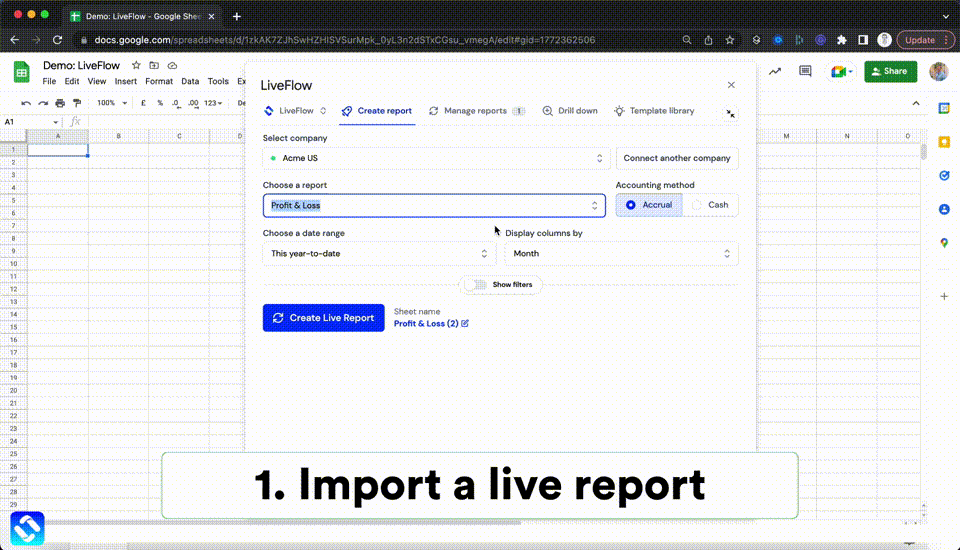How to Select Multiple Columns in Excel
In this article, you will learn how to select more than one adjacent and non-adjacent columns in Excel.
Why do many columns need to be selected in Excel?
There are many reasons why someone may need to select multiple columns in Excel, including:
Formatting: Selecting multiple columns in Excel allows you to format them all at once. For example: this can be useful if you want to apply the same font, color, or alignment to multiple columns.
Filtering: If you want to filter your data based on multiple columns, you can select all the columns and then apply filters on them together.
Sorting: Similarly, if you want to sort your data based on multiple columns, you can select multiple columns and then apply the ‘Custom Sort’ functionality on them together.
Copying and Pasting: If you want to copy data from multiple columns and paste it into another Excel file or tab, you can select all of the columns you want to copy and paste them together.
Overall, selecting multiple columns in Excel allows you to work more efficiently and effectively with your data in an Excel worksheet.
How to select multiple columns in Excel?
Case 1: Selecting multiple adjacent columns in Excel
To select columns that are placed next to each other in order, follow the below steps:
Method 1:
Step 1: Select a column by left-clicking on the relevant column header
Step 2: Keeping the left button on the mouse pressed down, drag the mouse cursor on the column header towards the left or right depending on which columns you wish to select
For example: To select columns C, D and E - > select column C by left-clicking on the column header -> keeping the left button on the mouse pressed, drag the cursor towards the right until columns D and E are selected as shown in the image below.

Method 2: Alternatively, you can also use the “SHIFT” key to select more than one adjacent columns in Excel. Select the first column in the sequence by clicking on the column header -> press and hold down the “SHIFT” key -> select the last column in the sequence -> all columns in between the first and last column will be selected.
Method 3: Furthermore, you can also select multiple adjacent columns using the keyboard as below:
Step 1: Select any cell in the first column you wish to select
Step 2: Press and hold the “CTRL” (“Command” in case of Mac) and the “SPACEBAR” keys
This will select the entire column.
Step 3: Then while pressing and holding the “SHIFT” key, use the “Left Arrow” or “Right Arrow” keys to select multiple consecutive columns to the left or the right of the column selected in step 1
Case 2: Selecting non-adjacent columns in Excel
To select more than one column that are non-adjacent (meaning not placed in sequence next to each other) in Excel, follow the below steps:
Step 1: Click on the first column you want to select
Step 2: Press and hold down the “CTRL” (“Command” in case of Mac) key on your keyboard and then click on the additional columns you want to select
For example: To select columns C and E -> select column C by clicking on the column header -> then press and hold down the “CTRL” (“Command” in case of Mac) key -> select column E by clicking on the column header -> column C and E will be selected as shown in the image below.

Analyze your live financial data in a snap in Google Sheets
Are you learning this formula to visualize financial data, build a financial model, or conduct financial analysis? In that case, LiveFlow may help you automate manual workflows, update numbers in real-time, and save time. You can access various financial templates on our website, from the simple Income Statement to Multi-Currency Consolidated Financial Statement. Are you interested in this product but are an Excel user? That’s not a problem at all. You can connect Google Sheets to Excel quickly.
To learn more about LiveFlow, book a demo.

You can learn about other Excel and Google Sheets formulas and tips that are not mentioned here on this page: LiveFlow‘s How to Guides



